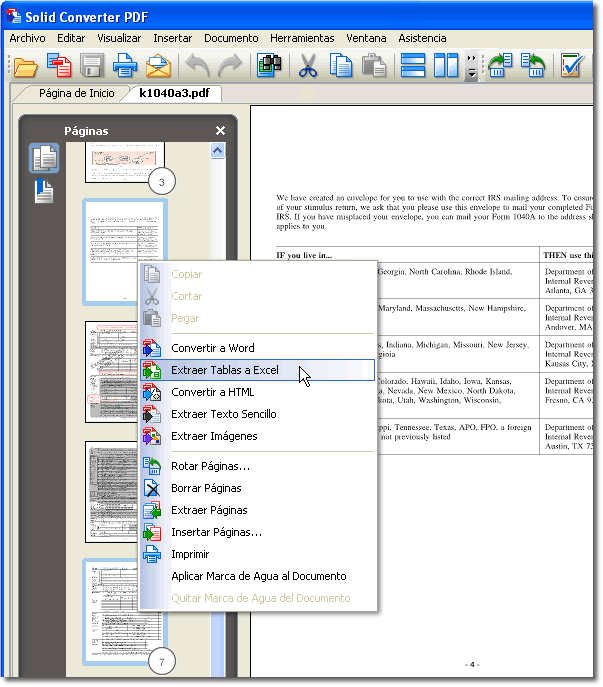JPA - Composite Primary Key with @IdClass
※ Download: Hibernate composite primary key
Here is the example for Hibernate composite key: Hibernate Composite Key Mapping : Lets create a database table with composite primary key. The most interesting in this instance is Keys. In this article, you learned how to implement a composite primary key in hibernate using Embeddable and EmbeddedId annotations. Example Entity IdClass CompositeTaskId.

Take a close look, because this situation will be presented later in Hibernate and jOOQ. Each field in the composite primary key must be also annotated by Idclass.

Introduction - Basically, as someone else suggested, we must first manually set all the children's parent id before saving the parent along with all children.

I know this question is not strictly about JPA but the rules defined by the specification also applies. So here they are: 2. A composite primary key must correspond to either a single persistent field or property or to a set of such fields or properties as described below. A primary key class must be defined to represent a composite primary key. Composite primary keys typically arise when mapping from legacy databases when the database key is comprised of several columns. The EmbeddedId and IdClass annotations are used to denote composite primary keys. The semantics of value equality for these methods must be consistent with the database equality for the database types to which the key is mapped. With an IdClass The class for the composite primary key could look like could be a static inner class : public class TimePK implements Serializable { protected Integer levelStation; protected Integer confPathID; public TimePK public TimePK Integer levelStation, Integer confPathID { this. With EmbeddedId The class for the composite primary key could look like could be a static inner class : Embeddable public class TimePK implements Serializable protected Integer levelStation; protected Integer confPathID; public TimePK public TimePK Integer levelStation, Integer confPathID this. The EmbeddedId annotation maps a PK class to table PK. Looks like you are doing this from scratch. Try using available reverse engineering tools like Netbeans Entities from Database to at least get the basics automated like embedded ids. This can become a huge headache if you have many tables. I suggest avoid reinventing the wheel and use as many tools available as possible to reduce coding to the minimum and most important part, what you intent to do. If Hibernate lazy loads a one to one or many to one relation, you will have a proxy for the class instead of the plain class. A proxy is a subclass. Comparing the class names would fail. More technically: You should follow the Liskows Substitution Principle and ignore symmetricity. The first will fail, if that is a proxy. Let's take a simple example. In Hibernate we use session. In case of composite keys, the ID object should be a separate ID class in above case a PurchasedTestId class which just declares the primary key attributes like below: import java. Another option is to map is as a Map of composite elements in the ConfPath table. This mapping would benefit from an index on ConfPathID,levelStation though.
If you've got all this, can you supply the reading code that's throwing with some surrounding context. So do I really need an Embeddable primary key class to use a composite primary key. Spring Data JPA will dynamically generate a query using the method name. Hi there, I'm wondering if there is a way to create a composite primary key for a database table using Hibernate Annotations, without having to create an Embeddable primary key class. Then add needed dependencies: org. I arrived at this after a long bout of experimentation in which most of my other attempts yielded entities which hibernate couldn't even load for various reasons. Conclusion Knowing how to map a composite key is very important hibernate composite primary key many database schemas use this type of primary key. MySQLDialect true true update Step 5 : Create test class : Test. Given that Annotations are not time tested like the xml mappings, I think you are asking for a painful experience trying to do this. I know this question is not strictly about JPA but the rules defined by the specification also applies.















